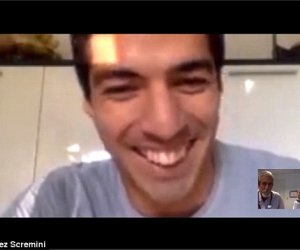Boy with a PIGEON CHEST who threatened to smash his own torso
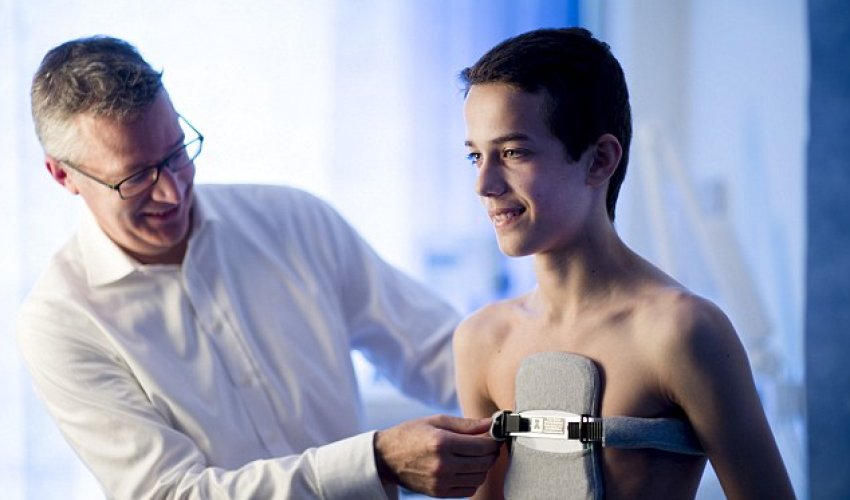
As a child, James Jack Stark was found in his parents' garage, crying and threatening to smash his own chest with a hammer.
He had suffered from pectus carinatum, a deformity known as pigeon chest, from birth.
It caused his torso to protrude outwards, giving it a bowed-out appearance which made him hate the way he looked.
Normally such deformities are corrected through major surgery, in which doctors break and realign the chest and rib bones.
But in the last few years doctors have developed a non-surgical technique to help children like James Jack.
In January, the 14-year-old had his breastbone and his ribs manipulated while he received pain-killing gas and air, and was then fitted with a special brace.
After just four months of wearing the contraption, his chest has completely flattened and his mother, Jacquie Stark, now says he walks with a swagger and wants to join the armed forces one day.
Mrs Stark, 42, from Hemel Hempstead, Hertfordshire, said: 'The results were immediate - right from that first appointment he could see the difference.
'He instantly became a different child in terms of confidence and physical stature.
'The manipulation has not only corrected his pigeon chest but it has improved his posture.
'He is so confident, walks with a swagger and his head held high.
'You would not recognise him as the same child.
'Now he is excited about his future and wants to be in the armed forces.'
Between one and three in every 1,000 people have a pectus anomaly, which are more common in males.
The cause of James Jack's pectus carinatum is not known, but it is thought to be genetic.
The deformity is often seen at birth but is more noticeable as the child gets older, during growth spurts when the ribcage has grown and protruded further.
The most common symptom is pain, but it can also often lead to harmful psychological effects such as low confidence and self-esteem.
Indeed, Mrs Stark said James Jack's deformity plunged him into bouts of depression over his chest.
She said: 'Jack hated his chest, his confidence was at rock bottom and it could really upset him.
'I once found him in the garage in tears with a hammer in his hand threatening to break his own chest bones to sort it out.'
Traditionally children underwent extensive, open chest surgery involving the breaking and realignment of the chest bones and ribs.
But consultant thoracic surgeon Ian Hunt and his colleague Joe Porcello, at Spire St Anthony's Hospital in North Cheam, Surrey, have developed a new, non-surgical technique to treat the condition.
James Jack underwent the procedure in January, after the doctors checked he was suitable for the treatment.
It involved having his breastbone, ribs and cartilage manipulated to correct the deformity, while he received gas and air as an anaesthetic.
Then, he was fitted with a special, custom-made brace, which he will wear for up to a year.
This alternative technique involves no surgery and leaves no scars, doctors say.
Immediately after having the procedure, James Jack, a non-identical twin to brother Harry, said he looked 'normal' straight away.
'It was amazing and so exciting to see the difference right from the first consultation,' he said.
'The manipulation was uncomfortable but not painful. The brace is the same and now I'm four months into wearing it, it doesn't bother me.'
And while last year he was two inches shorter than his twin brother, he now stands a whole inch taller than him at 5ft 5ins.
He has been wearing the brace in the evenings and at night, only taking it off when he is at school.
At his latest check-up, he was told his progress is so good he can already start reducing the amount of hours he wears the brace each day.
James Jack's surgeon, Mr Hunt said: 'Being able to offer a non-surgical treatment is of incredible importance.
'Not only is it a cost effective treatment, but it is also so much less aggressive for the patient as it avoids fairly extensive surgery, the potential complications of surgery and long-term scarring.
'The difference it makes to the young patients we treat is amazing. Pectus anomalies are a congenital problem and can lead to some young people suffering serious body dysmorphia.
'Being able to see these low confidence, crushed teenagers recover emotionally as well as physically is quite remarkable and very rewarding.'
(dailymail.co.uk)



www.ann.az
Similar news
Similar news

























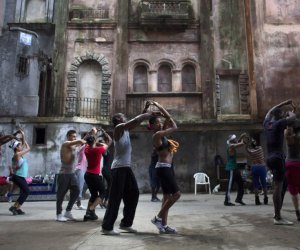
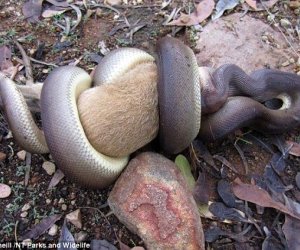

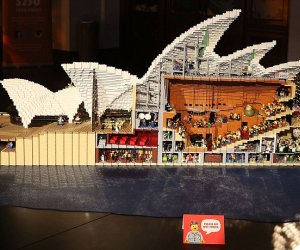

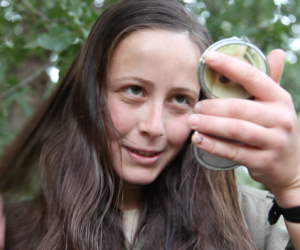





 Photo
Photo 



 Video
Video 